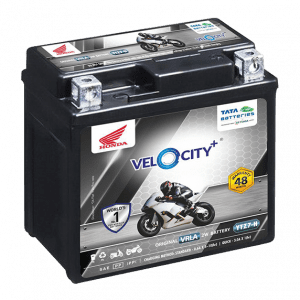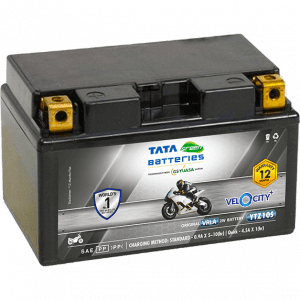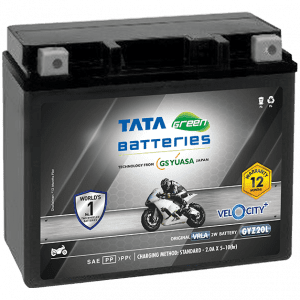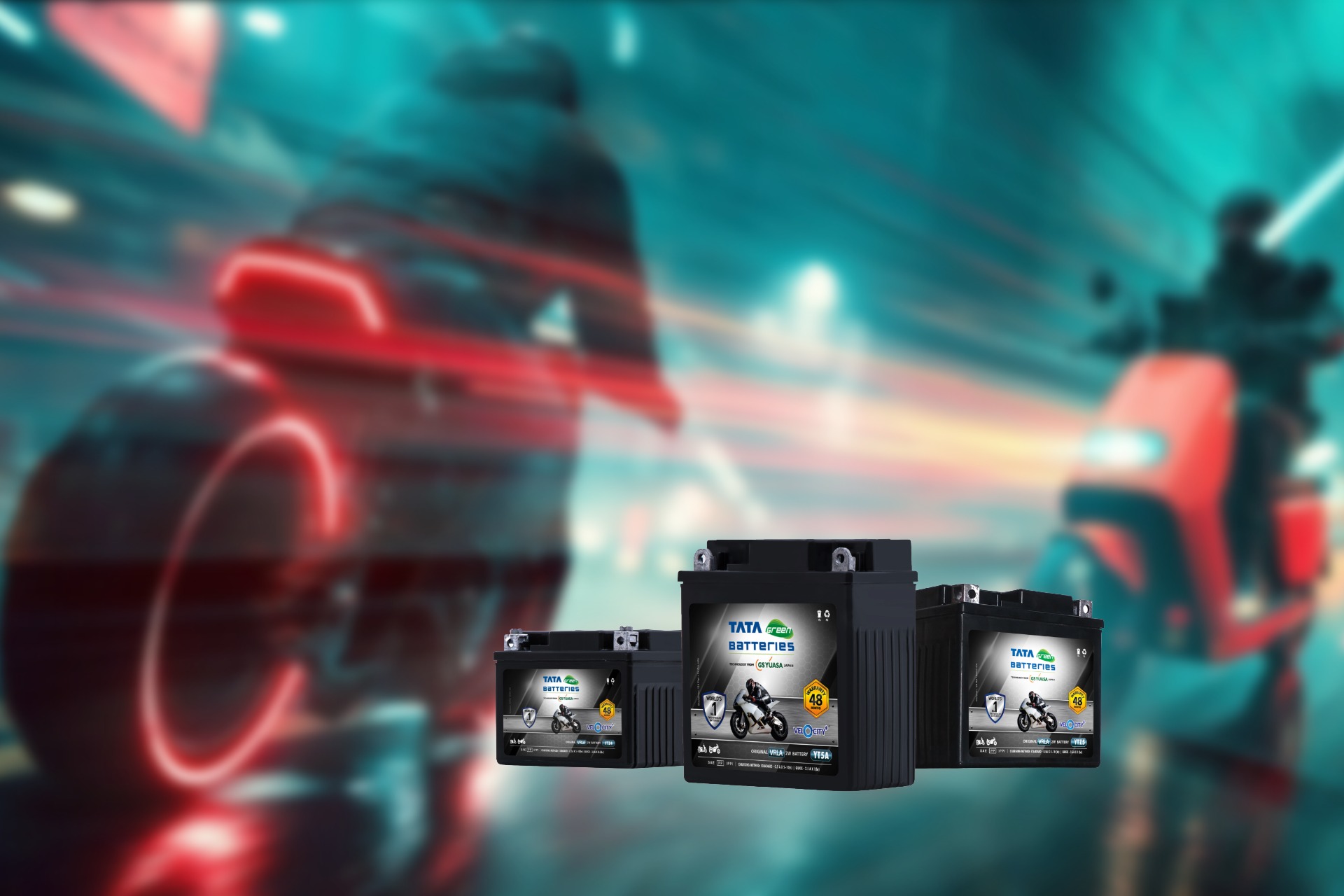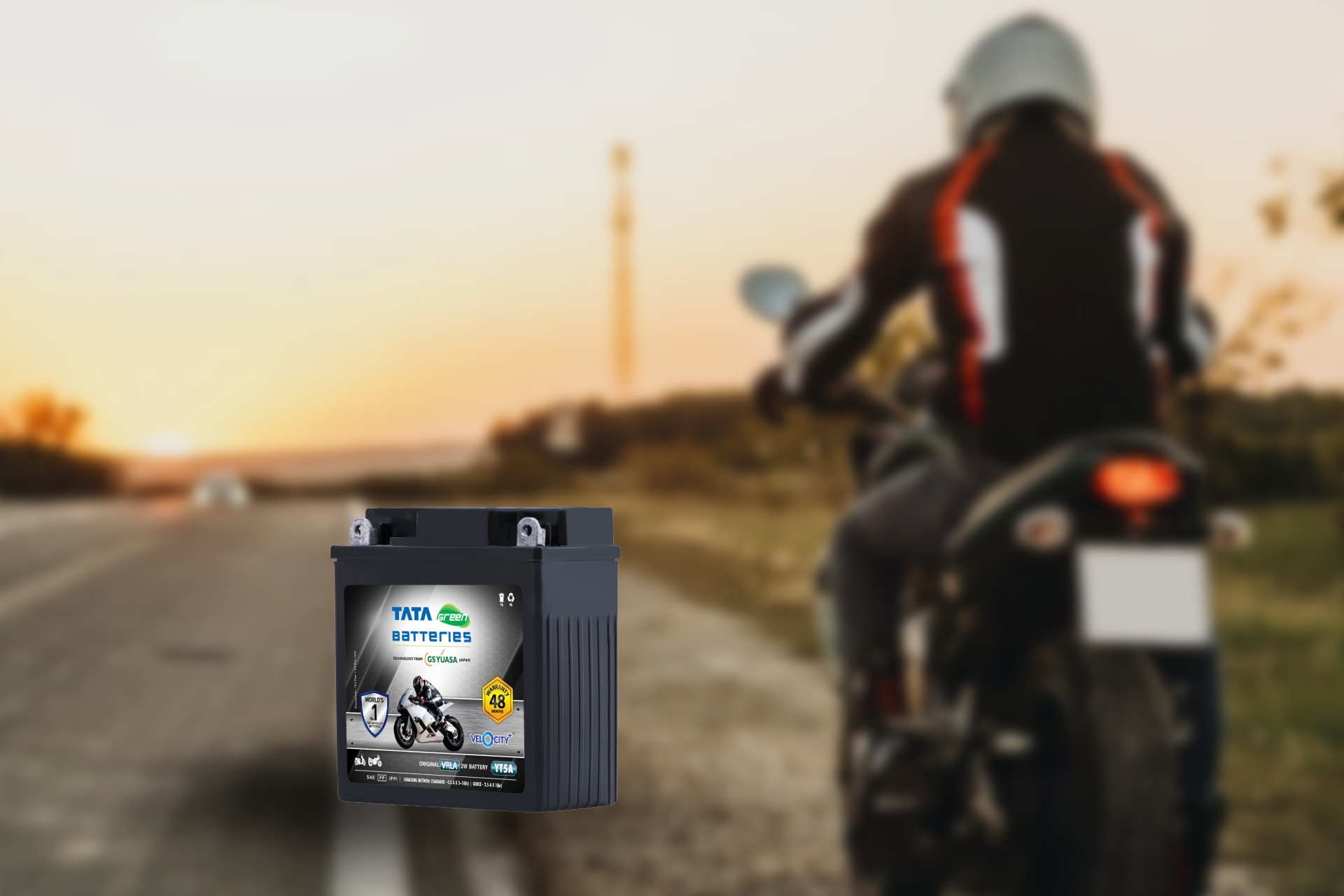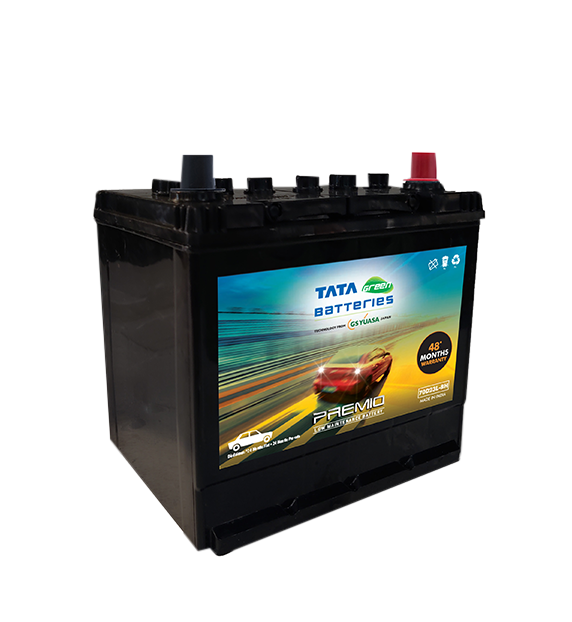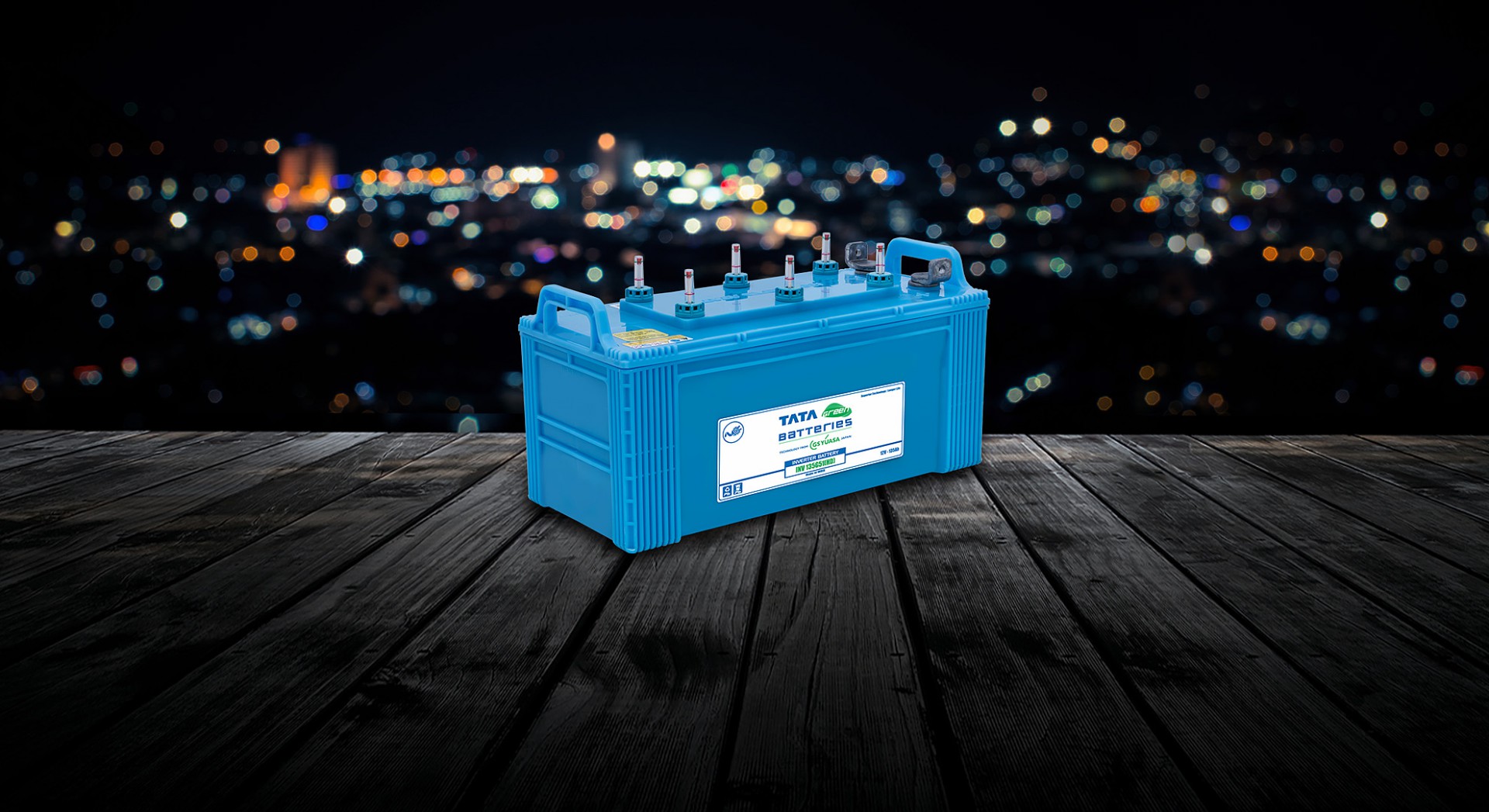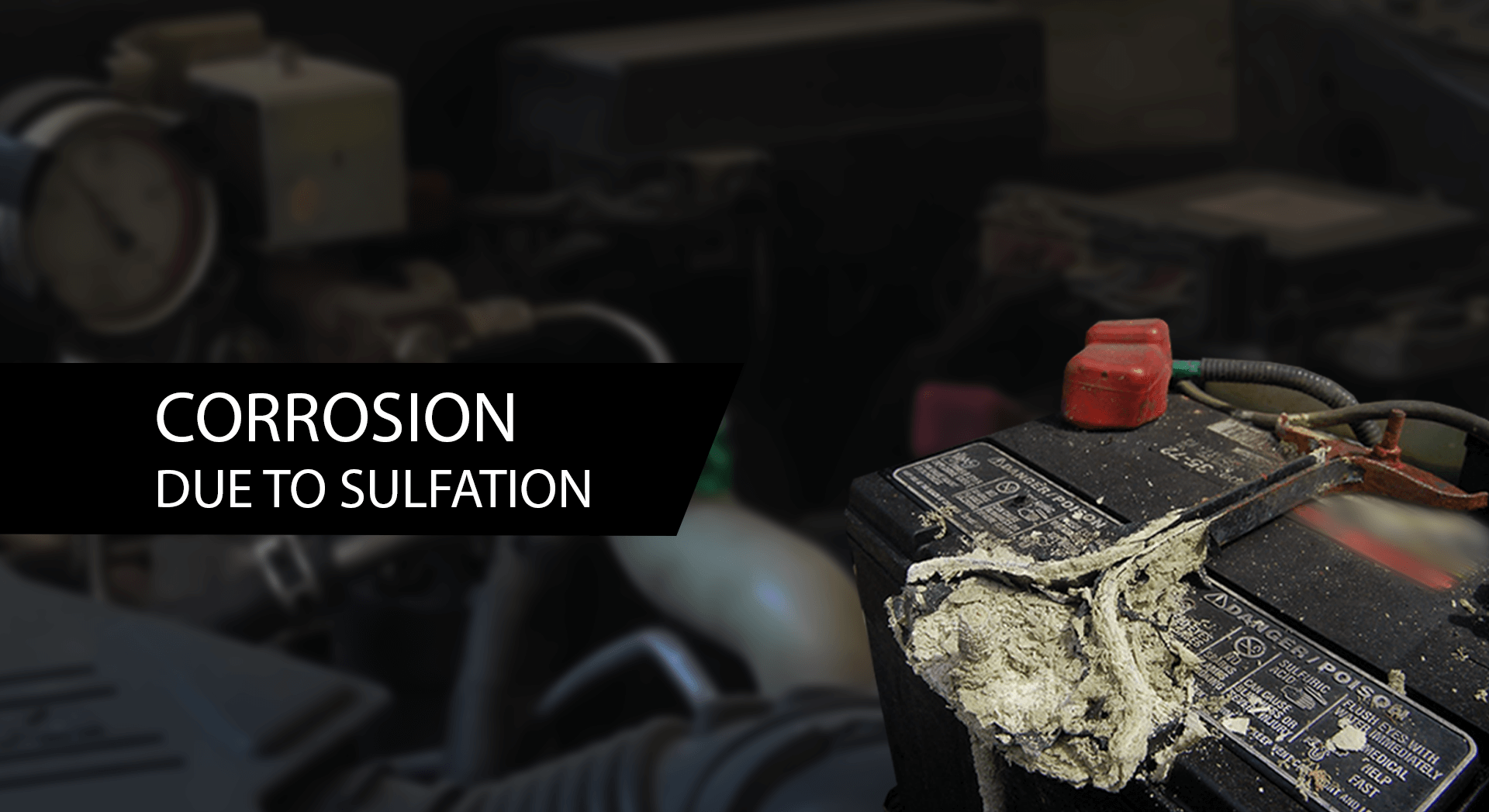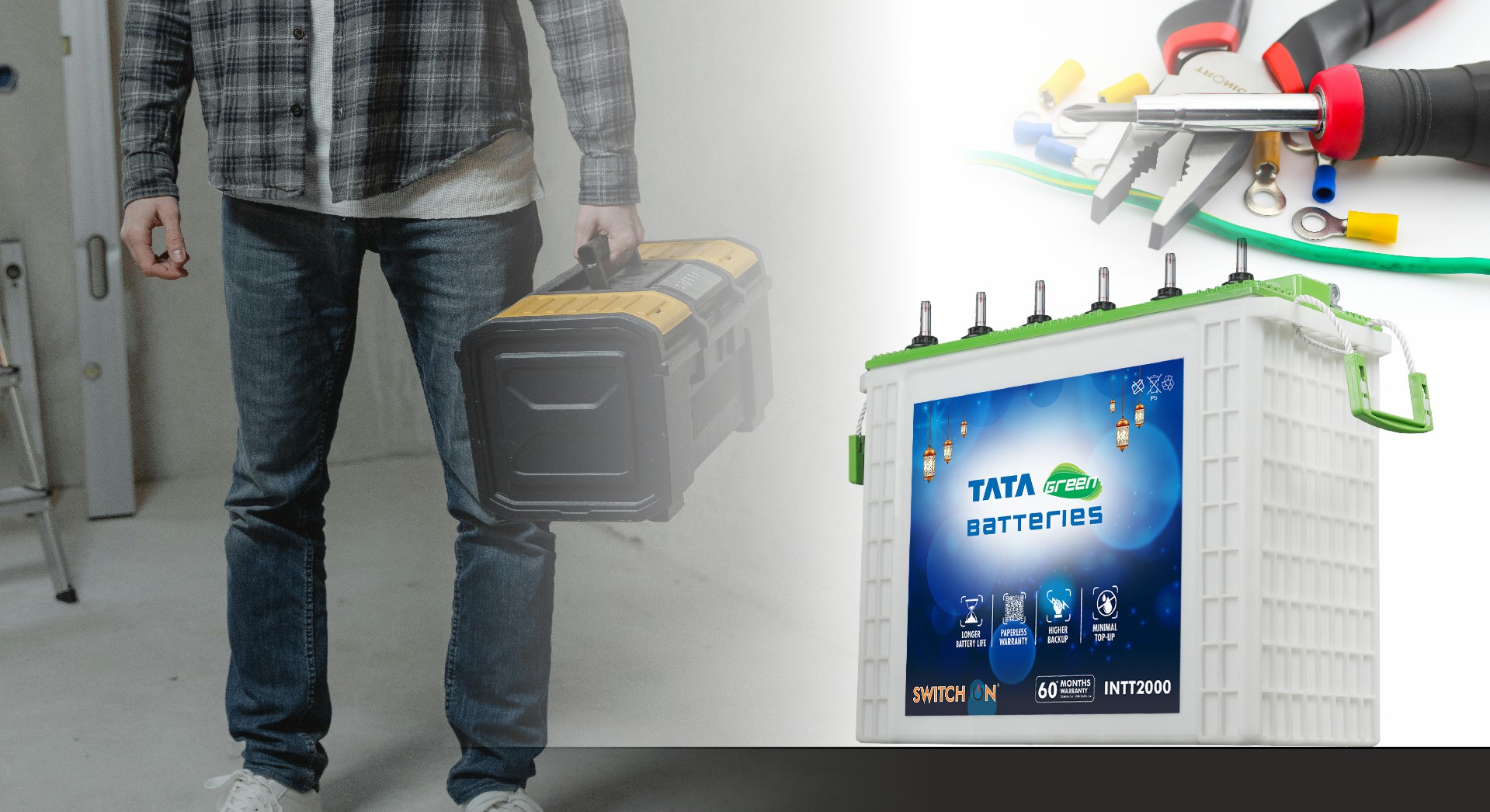A bike battery is as crucial to your bike as the heart is to the body. Yet, it’s often neglected, either out of forgetfulness or because we take its steady performance for granted. While a bike battery requires only minimal care, failing to maintain it can result in sudden breakdowns that leave you stranded. Often, By the time you realize it, the damage is already done. But don’t worry – with a few simple maintenance tips, you can avoid these headaches and enjoy smooth, trouble-free rides.
Here’s a comprehensive guide to maintaining your bike battery, ensuring its longevity and optimal performance.
1. Understand Your Battery Type
Before jumping into maintenance tips, it’s important to know the type of battery your bike uses. Most bikes use lead-acid batteries, which require some upkeep, like topping up the electrolyte levels. Understanding the basic mechanics of your battery type will help you maintain it correctly and avoid costly mistakes. Always refer to your bike’s manual to confirm the exact type of battery and its requirements.
2. Regularly Monitor the Electrolyte Level
The electrolyte level is crucial for your battery’s performance. Regularly check the levels to ensure they are within the recommended range. If needed, Top it up with distilled or deionized water . Never use tap water, as it contains minerals that can harm the battery over time.
3. Top Up in a Well-Ventilated Area
Battery maintenance can release harmful fumes, so always perform it in a well-ventilated area. When topping up the battery or charging it, wear gloves and protective glasses to protect yourself from potential chemical splashes.
4. Charge Carefully and Safely
Charging your battery needs special attention. Always loosen the vent caps while charging conventional batteries to release any gas buildup. Ensure the charging area is well-ventilated as a precaution, to prevent hydrogen and oxygen gases build up, which could pose an explosion risk.
Always ensure that the positive charger lead connects to the positive terminal and the negative charger lead connects to the negative terminal. Double-check connections before charging to avoid accidents.
5. Check Connections Regularly
Loose or corroded connections can affect your bike’s performance and drain the battery faster. Periodically inspect the cables, clamps, and case for any loose connections. Clean the battery terminals and connectors regularly to prevent corrosion, and always replace the vent caps securely after maintenance .
6. Store Your Bike Battery Properly
When you don’t plan to use your bike for an extended period, the battery can lose its charge or fail to hold it. To avoid this, ensure that the exhaust tube is unclogged , and remove the battery if needed. When storing your battery, never place it on concrete or metal surfaces, as these materials can cause the battery to discharge. Instead, store the battery on a wooden or other non-conductive surface to avoid energy loss.
7. Recharge Your Battery Regularly
Battery care doesn’t stop with just storing it properly – it’s essential to recharge it regularly.Dimming lights or a weak starter indicate that the battery is losing charge. . Even if you haven’t used your bike in a while, make it a habit to recharge your battery every two weeks. A well-charged battery will last longer and perform better, especially in cold weather, where an undercharged battery is more prone to freezing.
8. Recognize Signs of Battery Damage
Understanding the signs of a failing battery can save you from a breakdown. A bike battery typically lasts for 2–4 years, but if you notice issues such as failure to start, unusual leakage, or if the battery overheating during charging, it’s time to consider a replacement. Prolonged overheating can damage the plates inside the battery and even cause it to explode. If these symptoms appear, stop charging immediately and inspect the battery closely.
9. Best Practices for Long-Term Storage
If you need to store your bike for a season or longer, proper storage is key to keeping your battery in good condition. Before storing the battery, make sure to charge it to 50-70% of its capacity. This helps prevent the battery from becoming over-discharged, which could reduce its lifespan. Additionally, store the battery in a cool, dry place away from extreme temperatures. Avoid placing it near heat sources or freezing areas, as these conditions can significantly damage the battery.
10. Recycling and Disposal
It’s important to dispose of your bike battery properly when it reaches the end of its life.Avoid discarding it with regular trash as bike batteries contain hazardous chemicals. Most bike shops or battery suppliers will accept old batteries for recycling. Proper disposal helps prevent environmental damage and ensures that the materials are safely reused.
11. Maintenance Calendar
Keeping a regular maintenance schedule is crucial for your bike’s battery health. Here’s a simple calendar to follow:
-
Weekly:
Check battery terminals for corrosion and clean them if necessary.
-
Monthly:
Check electrolyte levels and top up with distilled water.
-
Seasonally:
Charge the battery every two weeks if your bike is not in use and inspect for any physical damage.
-
Annually:
Check the battery’s health and replace it if necessary.
This schedule helps ensure that your battery remains in peak condition and reduces the chances of unexpected failures.
12. Troubleshooting Common Battery Issues
Even with proper maintenance, problems can arise. If your bike doesn’t start, check the battery voltage using a multimeter. If the voltage is low, try recharging the battery. If the bike still doesn’t start after charging, it might be time to replace the battery. Additionally, if you notice that the battery is discharging too quickly, it could indicate a deeper issue with the bike’s electrical system.
By following these simple but vital tips, you can avoid frustrating breakdowns and extend the life of your bike battery. Regular care and attention will ensure that your bike starts reliably every time, giving you more enjoyable and trouble-free rides. Keep your battery clean, charged, and well-maintained – your bike will thank you for it!
TATA Green Batteries offers a wide range of innovative, world-class batteries for two-wheelers, passenger cars, utility vehicles, commercial vehicles, farm equipment, and inverters. These maintenance-free batteries are built to deliver the highest performance for all kinds of vehicles.






